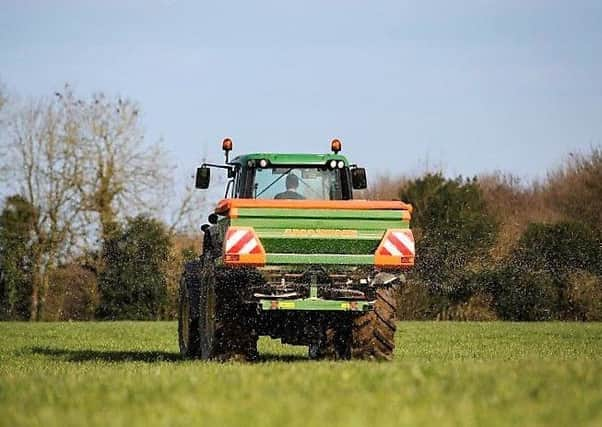DAERA Notes: Beef and sheep


Turn cattle out to grass as soon as ground conditions and grass covers allow. The mild winter means that grass availability is higher on many farms compared to other years. Some farmers turned cattle out to grass earlier to graze off these higher covers. Unfortunately the high rainfall in March led to many of these cattle being re-housed. Give priority to lighter stock and target the driest areas of the farm to minimise poaching. Where possible, giving cattle access to an open yard first and turning them out hungry means they are more likely to go out and graze, thus reducing poaching. Where a paddock grazing system is in place, paddocks will ideally be laid out in a square shape as opposed to a very rectangular shape. This minimises time spent walking along the boundary and reduces poaching damage. Where ground is softer and likely to be damaged by heavy suckler cows, older calves can be creep grazed until joined by their dams. Target sheltered paddocks first, especially for calves and ideally turn out early in the morning to allow cattle to adapt their body temperature.
A rotational grazing system is generally best for achieving high grass utilisation rates. For efficient rotational grazing during the peak grazing period follow the rule of three’s - graze at the three leaf stage for three days every three weeks. This requires seven paddocks per field. When the grass plant is grazed it will typically grow a new leaf every week. This fluctuates during the season taking longer in the ‘shoulders’ of the season and a shorter time during high growth periods. Fertiliser application also has an effect. After the third leaf grows the first will die and a new one emerges. This is why it is important to graze the sward on time. Grazing too late means increased quantities of dead material and reduced grass quality. Grazing before the three leaf stage reduces grass growth and total annual yield. It is important for the first grazing that covers are grazed down tight. Failure to do this will have a negative effect on sward quality for the rest of the grazing season as a dead butt of grass is more likely to accumulate. Target pre-grazing grass covers of 2800 kg dry matter per hectare (8-9 cm) and post grazing covers of 1600 kg per hectare (4-5 cm). Cattle can be turned out to lower covers with a lower stocking rate which can be adjusted as the season progresses.
NUTRIENT MANAGEMENT
Advertisement
Hide AdAdvertisement
Hide AdSpread slurry and chemical fertiliser based on soil analysis results if not already carried out. For first cut silage on soil with optimum indices of 2+ and 2- for phosphorus (P) and potassium (K), apply up to 120, 40 and 80 kg per hectare nitrogen (N), P and K respectively (in addition to 35 kg per hectare of sulphur-S). If you are more familiar with units per acre convert to kilogrammes per hectare by multiplying by 0.8. Part of this recommendation is met by slurry application. A rule of thumb is that 2,000 gallons of a typical cattle slurry supplies 8, 11 and 50 kg of N, P and K respectively. However on soils with a low P index (0 or 1) the available P in slurry is halved. In practice nutrient content of slurry is very variable and depends on the feeding level of the animals. Urea fertiliser is the most cost effective form of nitrogen fertiliser, but only when conditions are suitable. Only use where there is some grass cover and damp conditions. Spreading later in the season and in dry weather results in increased quantities of N being lost to the air via volatilisation. An online nutrient management calculator is available via DAERA online services which can be used to calculate fertiliser requirements based on your P and K indices.
GRASS TETANY
Grass tetany (Hypomagnesaemia) can pose a higher risk in early spring when rapidly growing quality grass, with a high passage rate through the rumen, can lead to magnesium deficiency. Lactating cows and ewes are most at risk due to their higher demand. Periods of wet weather can exacerbate the problem. High levels of K in grass also increases the risk as it can interfere with magnesium absorption in the animal. Magnesium cannot be stored by the body so a daily intake is essential. High magnesium lick buckets are the common choice for grass tetany prevention.